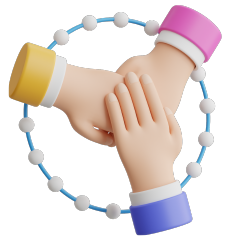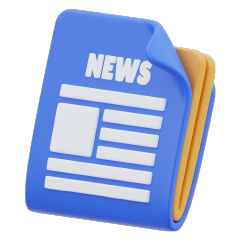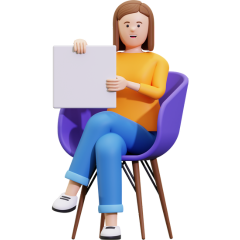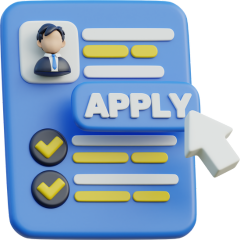The benefits of implementing software-based EAP programs

When employees are looked after, their health, productivity and morale improves, which in turn leads to an increased output and better bottom line for the company.
‘It’s in the palm of your hands anytime you need’
Employee assistance programs (EAPs) are a great way to help employees who are struggling with their mental health and wellbeing.
EAPs are usually offered by a neutral third-party but they can also be managed in-house. And they can lead to positive outcomes for businesses.
When employees are looked after, their health, productivity and morale improves, which in turn leads to an increased output and better bottom line for the company.
Benefits of EAP software
There are many benefits of using technology and software applications as an EAP option to support employee wellbeing.
Primarily, they let employees have a sense of control over how they are feeling, according to Esha Oberoi, founder and CEO of workplace wellbeing coach Leora.
“[They are] empowering individuals to self-manage, to a degree, their emotional wellbeing and their mental health,” she said.
A further advantage of using software is that it provides employees faster and easier access to resources.
“It’s incredibly scalable, it’s accessible 24-7, unlike traditional employment assistance programs,” Oberoi said. “And the thing is that it’s in the palm of your hands anytime you need it. So you’re not going through a traditional path of making a phone call, being triaged, waiting two to three, four weeks before you can see someone and then having to relive that whole experience four weeks later.”
Leora is a virtual self-care coach available 24-7 via an app. Employees can chat to the software and access tools to manage their stress and anxiety. They can also use it to book therapy sessions with mental health professionals.
Implementing EAP software in the workplace
With the prevalence of remote and hybrid working, Oberoi highlighted a shift in employees seeking digital options like telehealth rather than face-to-face meetings when it comes to EAPs.
“The whole thing around face-to-face is actually not a crucial demand,” she said. “That’s a big change that we’re seeing and a bit of a different trend.”
And one of the most important elements human resources teams should consider when implementing a new EAP system is not just looking at the software from a “compliance lens” but from the user perspective as well.
“When an HR professional or business leaders are looking at adopting a new EAP, it’s equally important to look at it from the lens of a user; [whether] the app is friendly, approachable in its actual user experience. And [if] it fits the preferences of an individual and how they would want to have the whole experience of connecting with a coach or mental health therapist,” Oberoi said.





